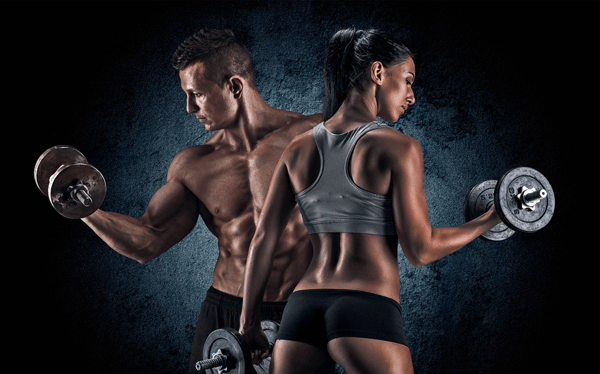THE BEST WHEY PROTEIN POWDERS
January 22, 2018-Jennifer Dorothy

How do you choose a whey protein powder? Do you go on the recommendation of your buddy at the gym and take what he takes? Do you pick the bottle with the shiniest, most cutting-edge label? Do you go by what tastes good or what’s on sale at your local GNC?
The truth is, these are serious questions. You know that taking whey protein at the right times of day can make all the difference in between building an extra half-inch on your arms or adding 20 pounds to your personal best on the bench press. But not just any whey will do. There are great whey protein products and there are not-so-good whey protein products. And being able to tell the difference between them can be critical to your gains.

The first step in determining whether your protein is worthy is to give yourself a pat on the back. You’ve recognized whey’s benefits and have included it in your daily regimen. Just to review, whey is enormously beneficial for several reasons, including amino acid and microfraction content (more on that in a minute) and digestion rate.
When you buy a protein powder your intention is to buy protein, not carbs and not fat. Carbs and fat are easy to get in your diet, so when you’re laying down your hard-earned cash for a jug of protein, you want it to have as much protein in it as possible.
AminoZ's vision is to help millions of people around the world by becoming one of the largest and most respected fitness, health and nutritional services company. They aim to provide an authoritative source of scientifically researched and accurate information in order to overcome the overwhelming misinformation purported through media, internet and general misunderstanding with respect to health, fitness and nutrition.
Their website was launched in March 2006 and since then has grown from a one-man organisation, to a thiriving enterprise servicing tens of thousands Australian customers. Amino Z was founded and is operated by Jay Bonaretti.

A quick glance at the Supplement Facts panel will let you know how many carbs and how much fat are in the product.But you’re not done yet. Keep scanning down the label until you get to the ingredients list. The information contained here is the key to knowing whether a protein powder is really amazing or just simply passable. First you might notice that most whey protein products contain more than one type of whey. You might see whey protein isolate, whey protein hydrolysate (or hydrolyzed whey protein) or whey protein concentrate.

To be considered a great whey protein the product MUST list whey protein isolate or hydrolyzed whey protein isolate as the very first ingredient. That’s because whey protein isolates are the purest form of protein you can get, with some being more than 90% protein. And “hydrolyzed whey protein isolate” means that that high-quality whey has been pre-digested into smaller protein fragments for even faster digestion than regular whey isolate.
Whey protein concentrate, on the other hand, goes through less filtering, which means fewer of the natural carbohydrates found in milk are removed. The result is a whey product that is much lower in protein content. Although most whey protein concentrates are somewhere between 70-80% protein, some can be less than 35% protein. This is why most companies make a big deal about their whey protein isolate powders. (This is also why isolates and hydrolysates generally cost more.)

But to really know if a whey protein powder is top notch, you’ll need to do some math. Take the grams of protein per serving listed on the supplement facts panel and divide it by the serving size (in grams). This will give you the percentage of protein in each serving. To be considered a great whey protein powder, the percent protein per serving (or scoop) should be 80% or greater. For example, if a whey protein powder provides 25 grams of protein per 28-gram scoop, that protein powder is about 90% protein and is a great whey protein for the money.
SHARE ARTICLE